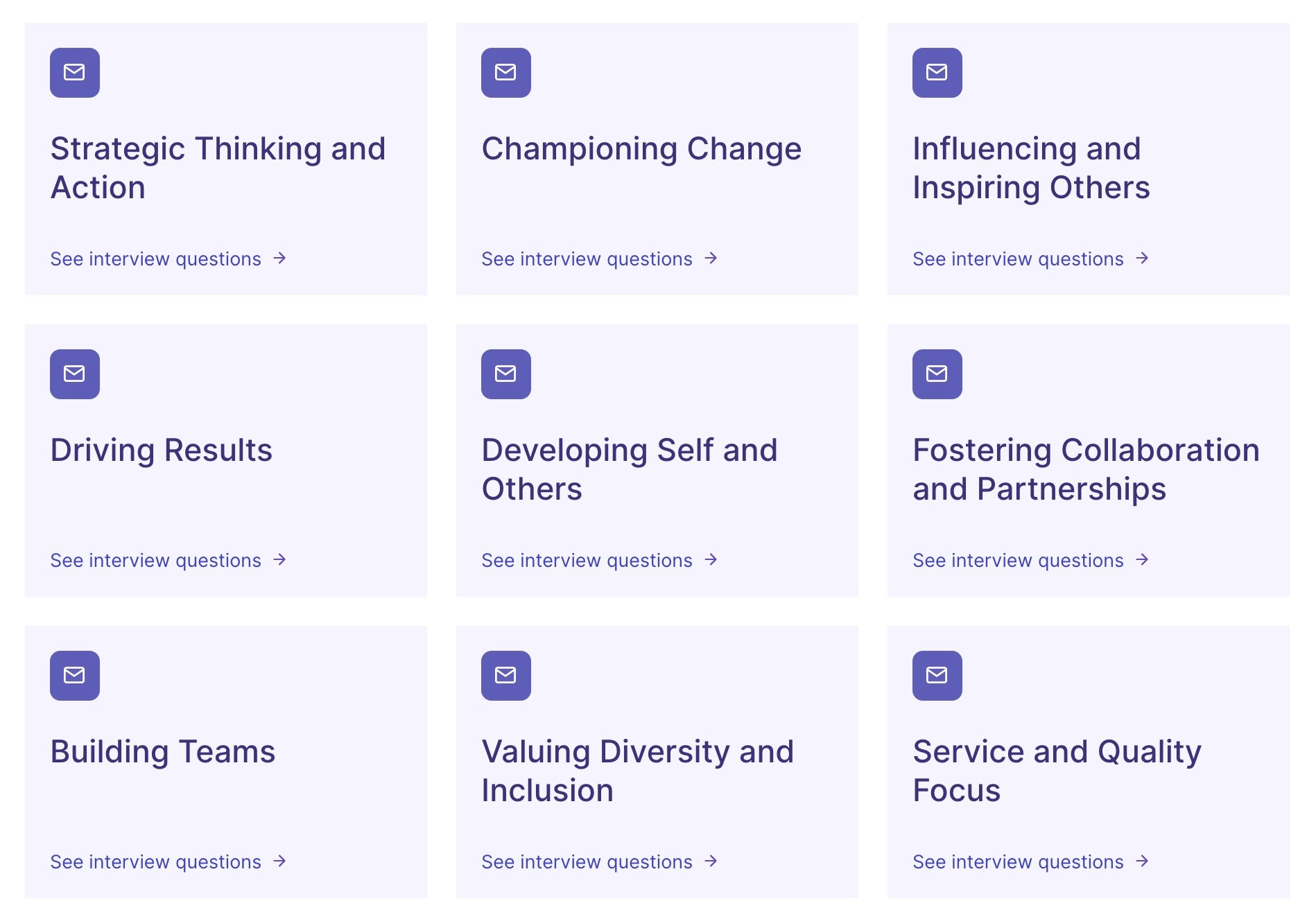Interview Questions
DeFi Protocol Designer Interview Questions
Hope you find this helpful! If you conduct a lot of interviews and want an AI-assistant to help you take all your notes and write and send human-level summaries to your ATS - consider trying out Aspect. It's free.
What is a DeFi Protocol Designer?
A DeFi Protocol Designer is a software engineer who specializes in designing protocols for decentralized finance applications. Protocols are the backbone of decentralized applications, and they are responsible for ensuring that transactions are secure, reliable, and efficient. A good protocol designer must have a strong understanding of cryptography, game theory, and network security.
“Acquiring the right talent is the most important key to growth. Hiring was - and still is - the most important thing we do.”
— Marc Benioff, Salesforce founder
How does a DeFi Protocol Designer fit into your organization?
A DeFi Protocol Designer is responsible for designing and implementing protocols that enable financial transactions to occur on the decentralized web. They work closely with developers, marketers, and other stakeholders to ensure that the protocols they design are user-friendly, secure, and scalable. As the DeFi space evolves, Protocol Designers must be able to adapt their designs to changing user needs and market conditions.What Is The Job Of A DeFi Protocol Designer?:DeFi Protocol Designers are responsible for the design and implementation of protocols that enable financial transactions to occur on the decentralized web. They work closely with developers, marketers, and other stakeholders to ensure that the protocols they design are user-friendly, secure, and scalable. As the DeFi space evolves, Protocol Designers must be able to adapt their designs to changing user needs and market conditions.What Skills Are Needed To Be A DeFi Protocol Designer?:In order to be a successful DeFi Protocol Designer, you will need strong technical skills as well as a deep understanding of the decentralized web. You must be able to effectively communicate your designs to stakeholders, and you must be able to work collaboratively with a team of developers to bring your designs to life.
What are the roles and responsibilities for a DeFi Protocol Designer?
As a DeFi Protocol Designer, you will be responsible for designing, developing, and deploying decentralized finance protocols on the Ethereum blockchain. You will work closely with our team of engineers and product managers to build out our suite of protocols, which include lending, borrowing, and trading protocols. You will also be responsible for researching and evaluating new DeFi protocols and technologies.Requirements - Strong experience in Ethereum smart contract development- Experience in Solidity and Truffle- Experience in JavaScript/TypeScript, React, and Node.js- Experience in unit testing and debugging smart contracts- Experience in cryptographic primitives and cryptographic libraries- Understanding of game theory and mechanism design- Understanding of financial markets and instruments- Understanding of decentralized exchanges and liquidity protocols- Excellent communication and writing skills
What are some key skills for a DeFi Protocol Designer?
A DeFi Protocol Designer needs to have a strong understanding of the various protocols used in the DeFi ecosystem and how they work together. They should also be able to design new protocols or modify existing ones to meet the needs of the project.What are some common interview questions for a DeFi Protocol Designer? - What experience do you have with designing DeFi protocols? What protocols are you familiar with? How would you go about designing a new protocol or modifying an existing one? What challenges have you faced when designing DeFi protocols? What do you think is the most important aspect of designing a DeFi protocol?
Top 25 interview questions for a DeFi Protocol Designer
How do you design a decentralized protocol? What are the benefits of decentralization? How do you design a secure decentralized protocol? What are the benefits of designing a decentralized protocol? How do you ensure that your decentralized protocol will be compatible with other protocols? What are the benefits of using a decentralized exchange? How do you design a decentralized exchange? What are the benefits of using a decentralized marketplace? How do you design a decentralized marketplace? What are the benefits of using a decentralized lending platform? How do you design a decentralized lending platform? What are the benefits of using a decentralized insurance platform? How do you design a decentralized insurance platform? What are the benefits of using a decentralized investment platform? How do you design a decentralized investment platform? What are the benefits of using a decentralized predictions market? How do you design a decentralized predictions market? What are the benefits of using a decentralized social network? How do you design a decentralized social network? What are the benefits of using a decentralized file sharing network? How do you design a decentralized file sharing network? What are the benefits of using a decentralized identity management system? How do you design a decentralized identity management system? What are the benefits of using a decentralized data storage system? How do you design a decentralized data storage system? What are the benefits of using a decentralized application platform? How do you design a decentralized application platform? What are the benefits of using a decentralized compute platform? How do you design a decentralized compute platform? What are the benefits of using blockchain technology? How do you design applications that use blockchain technology? What are the benefits of using smart contracts? How do you design smart contracts? What are the benefits of using artificial intelligence in DeFi protocols? How can artificial intelligence be used in DeFi protocols? What are the benefits of using machine learning in DeFi protocols? How can machine learning be used in DeFi protocols? What are the risks associated with DeFi protocols? How can these risks be mitigated? What legal considerations need to be taken into account when designing DeFi protocols? What regulatory considerations need to be taken into account when designing DeFi protocols Are there any other considerations that need to be taken into account when designing DeFi protocols How canDeFiprotocols be adapted to changing needs and conditions 44 .What challenges need to be considered when implementing DeFi protocols 45 .What lessons can be learned from existing DeFi protocols
Top 25 technical interview questions for a DeFi Protocol Designer
How would you design a DeFi protocol to allow users to earn interest on their crypto assets? How would you design a DeFi protocol to allow users to take out loans in crypto? How would you design a DeFi protocol to allow users to trade crypto assets? How would you design a DeFi protocol to allow users to hedge against price fluctuations in crypto assets? How would you design a DeFi protocol to allow users to participate in initial coin offerings (ICOs)? How would you design a DeFi protocol to allow users to store their crypto assets in a secure and decentralized way? How would you design a DeFi protocol to allow users to earn rewards for participating in governance decisions? How would you design a DeFi protocol to allow users to vote on which projects should receive funding from a decentralized fund? How would you design a DeFi protocol to allow users to buy and sell insurance policies on the blockchain? How would you design a DeFi protocol to allow users to create and trade synthetic assets?
Top 25 behavioral interview questions for a DeFi Protocol Designer
Tell me about a time when you disagreed with a team member on a design approach. How did you handle the situation? Tell me about a time when you had to rapidly prototype a design. How did you approach it? Tell me about a time when you had to iterate on a design multiple times. How did you handle it? Tell me about a time when you had to design for a new or unknown user group. How did you approach it? Tell me about a time when you had to design for a complex use case. How did you handle it? Tell me about a time when you had to juggle multiple competing priorities in your design. How did you handle it? Tell me about a time when you had to make a trade-off in your design between two competing requirements. How did you handle it? Tell me about a time when you had to rapidly iterate on your design in response to feedback. How did you handle it? Tell me about a time when you had to take an existing design and improve upon it. How did you approach it? Tell me about a time when you had to design for an international audience. How did you approach it? Tell me about a time when you had to design for accessibility. How did you approach it? Tell me about a time when you had to design for performance. How did you approach it? Tell me about a time when you had to design for scalability. How did you approach it? Tell me about a time when you had to design for security. How did you approach it? Tell me about a time when you had to design for privacy. How did you approach it? Tell me about a time when you had to design for usability. How did you approach it? Tell me about a time when you had to design for an emotional response. How did you approach it? Tell me about a time when you had to design for brand guidelines. How did you approach it? Tell me about a time when you had to design for an unfamiliar industry or domain. How did you approach it? Tell me about a time when the stakeholders were not in agreement on the direction of the design. How did you handle it? Tell me about a time when the stakeholders were not in agreement on the outcome of the project. How did you handle it? Tell me about a time when the project scope changed mid-stream and how you adjusted your design accordingly. Tell me about a time when someone on your team was not pulling their weight and how you handled it. Tell me about a time when someone on your team was not meeting your expectations and how you handled it. Tell me about a time when someone on your team was not performing up to their potential and how you helped them improve their performance.
Conclusion - DeFi Protocol Designer
These are only a few questions to ask a DeFi Protocol Designer during an interview. Remember, it's important to also assess a candidate's skills and experience to see if they're a good fit for the role. Thanks for reading!
THE KEYSTONE OF EFFECTIVE INTERVIEWING IS HAVING GREAT INTERVIEW QUESTIONS
Browse Interview Questions by Role
No more hurriedly scribbled notes. Aspect delivers clear, detailed and custom AI summaries of every interview, capturing the nuances that matter.
Learn how to improve your interviewing technique with personalized feedback based on your interactions.
End-to-end integration: Aspect seamlessly integrates with your existing ATS systems, providing a unified hiring solution.
Beatriz F
People Success Specialist
Absolutely game-changing for busy recruiters!
The summary, the Q&A feature and the ATS integration have boosted my productivity and lowered the context-switching stress, the analytics provided allowed for me and my team to have full visibility over our stats, and Aspect's team couldn't be more helpful, friendly and accessible!
Diane O
CEO
Aspect adds rocket fuel to the hiring process.
Aspect helps me hire faster & more efficiently. I can create short highlight reels to share quickly with my team & clients for faster decision making. Faster, more informed decisions using Aspect has led to faster, better hires!
Lana R
Recruiter




